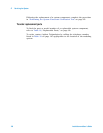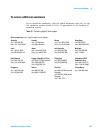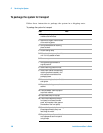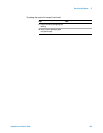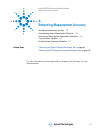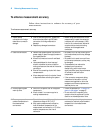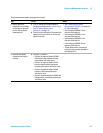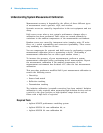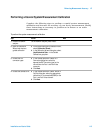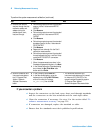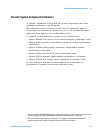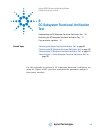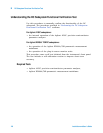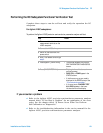114 Installation and User’s Guide
A Enhancing Measurement Accuracy
Understanding System Measurement Calibration
Measurement accuracy is degraded by the effects of three different types
of measurement errors: systemic, drift, and random.
Systemic errors are caused by imperfection in the test equipment and test
setup.
Drift errors occur when a test system’s performance changes after a
calibration has been performed. Drift errors are caused primarily by
variations in the ambient temperature of the measurement environment.
Random errors are caused by instrument noise (sampler noise, IF noise
floor, etc.), switch repeatability and connector repeatability. These errors
vary randomly as a function of time.
You can compensate for systemic and drift errors by performing a system
measurement calibration prior to measuring a device. (Performing a
measurement calibration has no effect upon random errors.)
To increase the accuracy of your measurements, perform a system
measurement calibration before performing device measurements. Repeat
the measurement calibration if the ambient temperature of the
measurement environment has deviated ±1°C since the last measurement
calibration.
This procedure performs a modified full 2- port measurement calibration to
remove the following errors:
• Directivity
• Source- load match
• Reflection tracking
• Transmission tracking
The isolation calibration (crosstalk correction) has been omitted. Isolation
calibration is only required when measuring high- isolation devices such as
a switch in the open position or high- dynamic range devices such as
filters with a high level of rejection.
Required Tools
• Agilent 85225F performance modeling system
• Agilent 85056A 2.4 mm calibration kit, or
• Agilent 85056D 2.4 mm calibration kit



